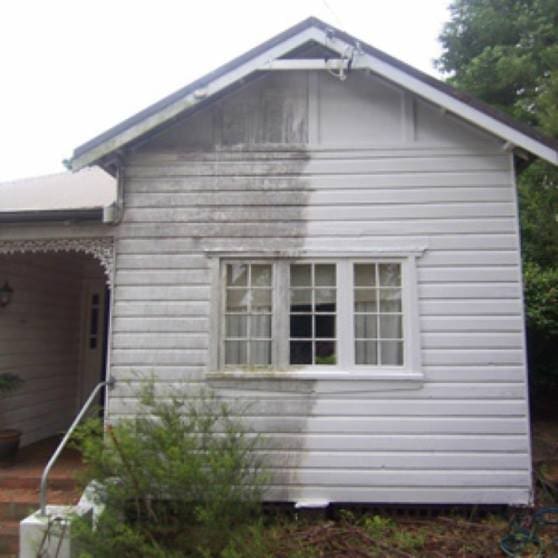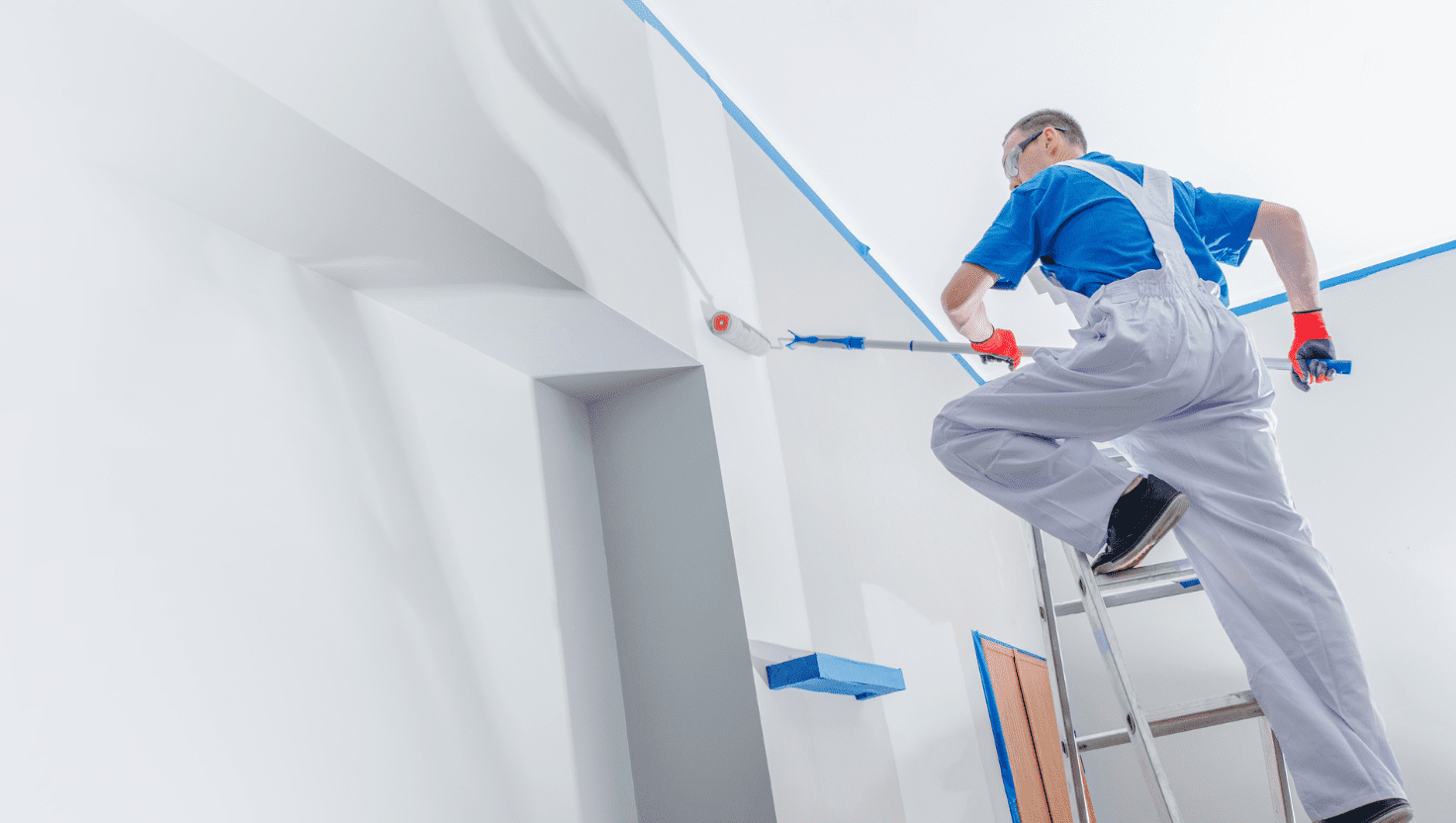Why You Should Pressure Wash Your House Before Painting
Before painting your house exterior, you must clean the siding, and clean it well. A pressure washer offers a quick and easy way to get the job done, but it must be used properly to prevent damage to the siding and other problems. You’ve got a house to paint and you don’t need added problems!
Why It is Important to Clean Your Walls
While there are many invaluable advantages to cleaning your home’s exterior before painting it, one thing should be made very clear: clean siding means your exterior paint will last longer. Contrary to what paint manufacturers say, the world will not immediately end if you don’t clean before painting. The paint will apply fine, it just won’t last. By painting dirty siding, you seriously shorten your paint’s lifespan. Considering how hard and expensive it is to paint house exteriors, it’s a good idea to get it right the first time. Wouldn’t you rather paint your house every 10 years instead of every 4 or 5 years? Invest the extra time in thoroughly cleaning the siding to boost the lifespan of your paint.
Why Use a Pressure Washer to Clean Your Walls?
There are certainly advantages to cleaning your house by hand prior to painting. If you’ve ever taken your car through a touchless car wash, you know that washing without physical contact produces just-adequate results, never great results. After a touchless wash, you can wipe a white cloth across the vehicle and pick up dirt. That being said, we’ve got to be realistic: it’s incredibly difficult and certainly time-consuming to wash an entire house by hand. A pressure washer makes the job much, much easier.
What Tools Will You Need to Clean Your Walls?
Pressure Washers come in both petrol and electric powered models. Since you want to treat your siding gently, you won’t need a high-powered petrol washer; an electric one will suffice. If you have a two-story house, a high-volume petrol pressure washer fitted with a special nozzle will allow you to clean the upper areas while standing on solid ground. As for the cleaning solution, use one that’s made for pressure washers, and specifically for house siding. Never use bleach or bleach-based solutions, as they may damage the pressure washer. They also might kill your plants.
Wash Your Walls, Don’t Strip Them!
The point of pressure washing your house siding prior to painting is to wash it, not to strip paint. True, most pressure washers are strong enough to take off paint, but stripping should be a separate step done with a scraper, sander, and heat gun after the process of washing.
Besides the dangers listed below, pressure washing simply isn’t the most effective way to strip paint. For one thing, in order to remove the paint, you need to inundate the base surface with massive amounts of water. If you have wood siding, you want to minimize raw wood’s contact with water.
Pressure washing siding gets a bad name because of these two, very real dangers…
1) Etching – Under certain conditions, pressure washers can cut into concrete and brick. Can you imagine the effect on your cedar, vinyl, or even fiber-cement siding? Disastrous. This is easy to avoid! First, stand well back. Depending on your washer’s psi, this might mean anywhere from 1 to 2 meters away. Second, use a fan-spray nozzle, not a stream nozzle, which has a needle-sharp spray that can rip lines into the siding.
2) Injecting – Be careful of spraying at low angles under the siding. The high pressure can drive water upwards between the siding boards and soak the sheathing and/or insulation of the wall interior. To prevent this, never spray at an upward angle to the siding. Also, watch out for other openings: heating exhaust vents; air vents in the attic or crawlspace, even around windows and doors (their seals may not stand up against the high pressure).
How to Pressure Wash a House in 3 Steps
1. Knock off the big gunk. Rinse the siding with plain water (no cleaning solution), working from the top down. Your goal is to knock down the big gunk: insect nests, leaves and the majority of the dirt. Let the siding dry.
2. Second fresh-water spray. If a couple of weeks pass before you can get to painting, I advise an additional spray-down with fresh water. It’s surprising how fast spiders can move in after a cleaning.
3. Let everything dry for 24-48 hours before painting or until any bare wood is 100% dry.
We are here to help, call us and we’ll be on our way!







